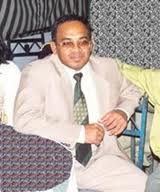Mojo and Suzanne
Written by bunpeiris
“For never was a story of more woe than this of Suzanne and her Mojo.”
An absolutely stunning angel in a swaying short skirt and a Cashmere sweater floated into the lobby just as a butterfly would. She seemed incredibly light on her feet. I couldn't take my eyes off. Our eyes met, she held the gaze and she began to float towards me. Is the gravity off, where she tread? Lovely black curls framed a fairest prettiest face. Just blinked and she was at my table. She was sultry and serene at once, incredible. Never seen anybody so exceedingly pretty. That's slightly sharp double chin. She smiled: full lips fluttered; doe eyes twinkled. And the dimples on cheeks appeared in a flash. Am I dreaming, by god if this is dream, please don't wake me up ever. Let me die in my dream, please. Jesus, I can't take my eyes off her. oh! god is this real? Please say this is real. Who is this? Please say this is real, please , please, please.Hello, is it me you are looking for?
I guess so, You are Mojo, I presume.
[That's the most melodious voice I have ever listened to]
Like hell, I am Mojo, and you just made a discovery.
Oh! yea, I have doubts on that matter.
Oh! another doubting Thomas, if you don't believe, I'll take off my T-shirt and show you the hole where the nail pierced.
Oh! Myee! then you are really him! The man with a Rupee size scar of a bullet wound, oh! sweet Jesus , how could have I imagined it was you?
I am sorry, please sit and share my breakfast till we get what you would like.
Oh! I just have had breakfast.
Never mind, let's go for the second breakfast since we will be having late lunch.
Are you suggesting, we...
No, angel, insisting
Insisting, insisting on what dear?
We are going to the worlds End?
Who are we?
[She is sharp, she need to make sure whether there is anyone else too]
Before you floated in my lovely butterfly, it was me, now we, no more me, all we, from now onwards and don't tell me you are married, I would jump over the escarpment of Worlds End.
In that case, I would accompany, if not for any interest, at least to save a life, you rogue.
[Christ, she is so gorgeous, so easy going, I am never going to leave you angel]
So you aren't married?
I was.
[I gasped, she giggled merrily]
Then?
Divorced last week
[ I gasped again, unable to utter a single word]
Hey, I got you now, for the first time you have no words to cut me down.
[She is a tease, a vivacious, bubbly tease]
Yes, I have no idea what to say. I am sad you are ... I don't know what to say... then I am happy too..
[ She glanced at the glossy periodical I had been reading and remarked]
She is so beautiful, isn't she? She had set a eyes on a photo of Hedy Lamarr
Very true, but as not as beautiful as you are.
From where did you learn to flirt like this?
Well, I used to read my father's love letters to my mother.
How mean you were? Are you still the same?
If I am the same, you are the savior of mine. Hey, just a second, what's your name? And you are gorgeous
[she giggled like a bell, yet softly.]
No, I am not gorgeous, I am Suzanne De Mel.
Sure, you are Suzanne. So you are the adorable sister of my boss.
That's right.
So you are supposed to look into the welfare of mine.
No, I am not told to do so, I am afraid.
Well, my boss said something to the effect his adorable sister would extend her helping hand if needed, But I want your hand for eternity.
Oh! God, I am still sunk in my rudderless despair, Are you earnest? Or are you just flirting? Are you mocking at me?
I have never been so earnest in my life.
We have only met. We know only next to nothing about each other, apart from that story of lucky bullet. But then, on the flashback, now with you face to face, that reveals loads about you. But then again, not much outside of the episode. Could we go slow?
Yes we can.. I am sorry if I seemed to rush you. So let's make a move.
[She frowned and recovered. Now, the twinkle in her eye returned] What do you mean?
Would you come with to Horton Plains ? Worlds End?
Too late now, mist would have gathered by the time we get there.
True, we can wait till the mist gets cleared in the mid day?
Oh! That's why you said we will be having late lunch. How scheming you are? Why don't we take a couple of lunch packets from the hotel there?
Oh! yes, that's a brainwave.
bunpeiris


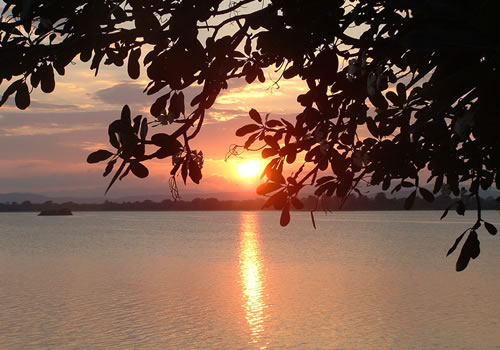
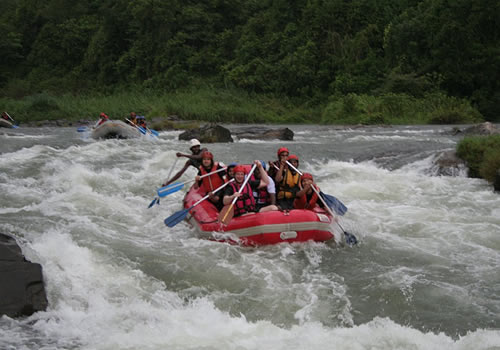
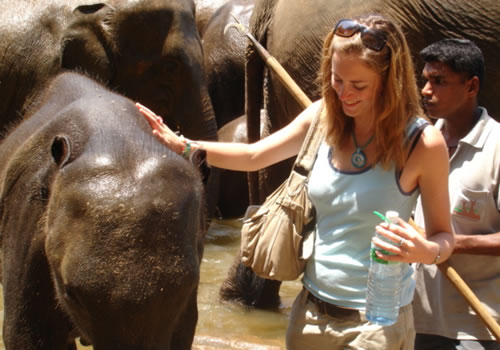
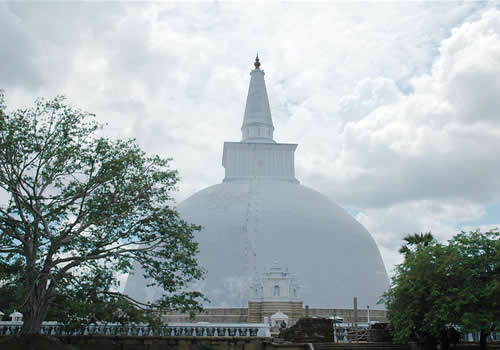
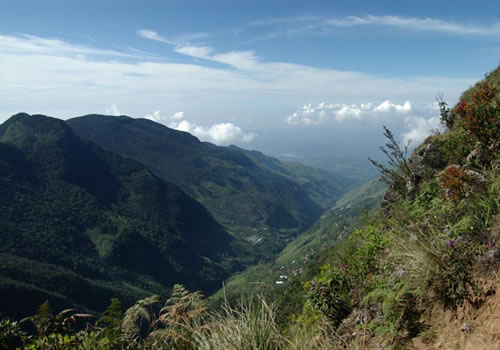





























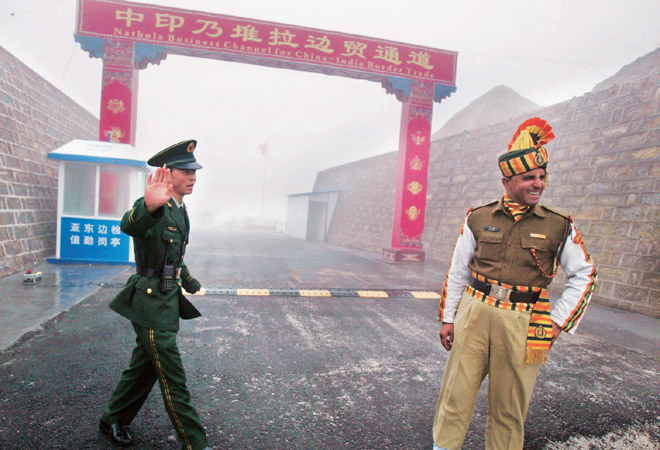



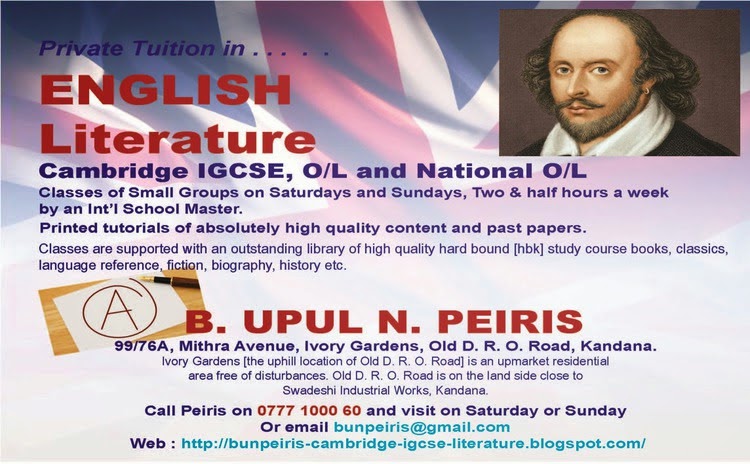
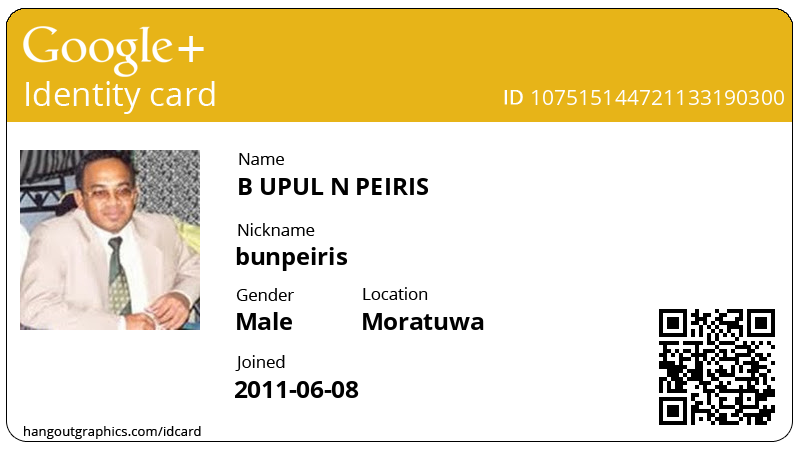









.jpg)






